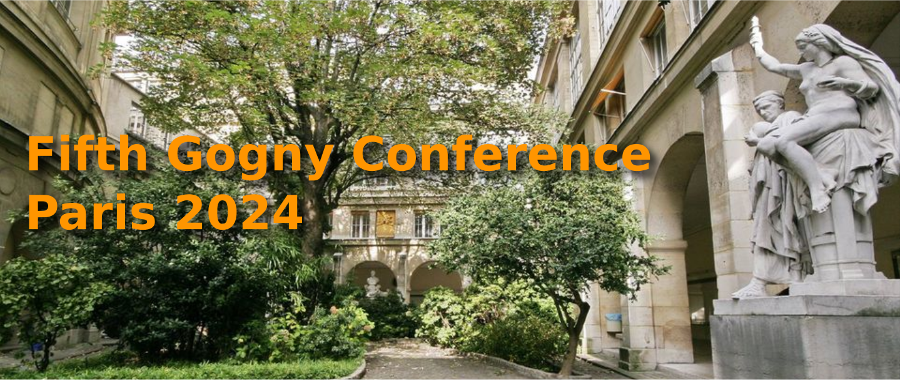Speaker
Description
Strongly correlated quantum many-body systems pose great computational challenges throughout a plethora of research fields, including quantum chemistry, condensed matter, atomic, and nuclear physics. The difficulty arises from the exponential scaling of the Hilbert space with the total number of single-particle degrees of freedom, e.g. spin, orbital, lattice site, depending on the specific system. Numerical accurate solutions can be obtained by configuration interaction (CI) methods, which express the fully interacting wave function of fermionic systems as a linear combination of Slater determinant basis states and compute the coefficients of this expansion by solving the Hamiltonian eigenvalue problem. Unfortunately, CI becomes computationally impractical already for small systems. Here, we develop an active learning approach to iteratively select the most relevant Slater determinants and construct an approximate wave function for a multiconfigurational Dirac-Hartree-Fock atomic structure Hamiltonian [1] or for effective second quantization model Hamiltonians describing quantum many-body systems and quantum clusters in the realm of solid-state physics [2]. The large CI computation is thereby replaced by a series of smaller ones performed on an iteratively expanding basis subset managed by a neural network. This deep learning approach to selected CI allows to reduce computational complexity and successfully address larger many-body systems.
References:
[1] P. Bilous, A. Palffy, and F. Marquardt, Phys. Rev. Lett.131,133002 (2023)
[2] P. Bilous, L. Thirion. H. Mecke, M. Haverkort, A. Palffy and P. Hansmann, arXiv:2406.00151 (2024)

